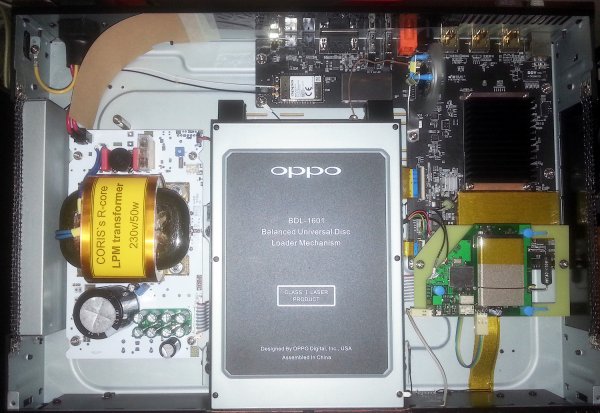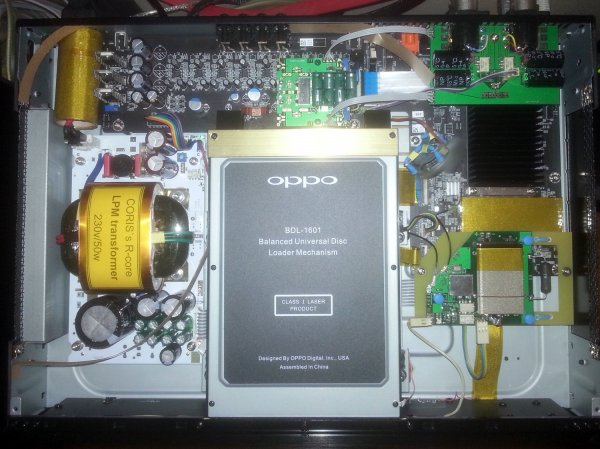Well, first I am not drilling ventilation holes into the chassis, improving so the device inside cooling. My approach is quite different. I have designed new side panels with ventilation openings, and these are to replace the original ones. The result you can see in the hereby pictures.
Second, my LPS it is provided with a large heatsink which is to be in thermal contact with the bottom of the chassis (see picture). We may not forget also, that the transformer itself it generate an amount of heat as well.
The ventilation is not very necessary because a linear power supply it is inside the chassis. If the 203 it can work at approx 40deg C. inside (for a room temp. of approx 20 deg. C.), then it can for sure work at 50 deg. C or more, as well. If the heatsink of the main processor it measure 45deg. C as usual, the jonctions temperature of the components inside the main processor it may reach to 70deg. C, or even more...
We may not forget that the heat is not only spread through the chassis and out. An important part of the heat it get/remain inside too, and it just accumulate there, if no any ventilation. This inside existent heat it should be exhausted somehow, to keep the device at a lowest possible working temperature.
However, even a low amount of generated heat, that is added to the existing one generated by the main processor itself, in a very low profile enclosure. All these factors it can lead to increasing the overall heat inside quite much. The 203 enclosure is not designed with any idea in mind for a whatsoever ventilation approach. More, keeping the working device at a lowest possible temperature (room temperature) it is highly beneficial for the video quality purposes.
My ventilation preoccupation in case of 203, is not mainly because a linear PSU is inside (my LPS it dissipate very low heat), but for lowering as much as possible the working temperature for the whole device. This simple measure it have as result, increasing the picture quality performances, as increasing the components/device overall life (not a preoccupation of the device designers either...).






